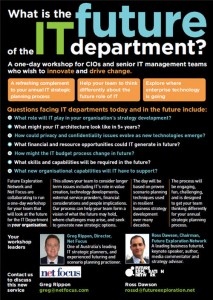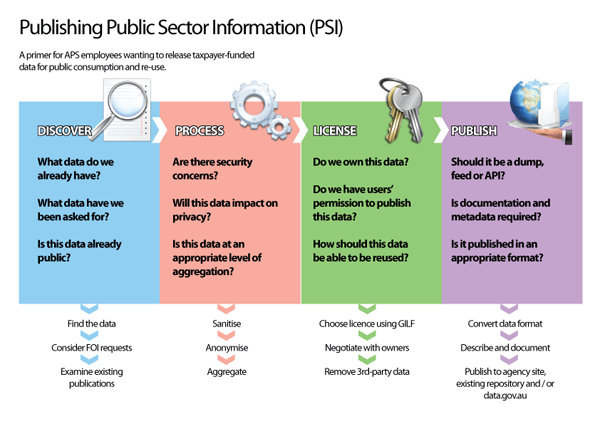What is the future of the Learning & Development department?
Last Friday I gave the keynote for the first breakfast seminar run by CADRE, a leading elearning design company, for senior executives of its clients. The topic of my presentation was The Future of Learning, giving a big picture view to kick off their series.
This is a brief description of my presentation:
Challenges for organizations are mounting from intense global competition, empowered consumers, and generational shifts. At the same time, building more effective learning is becoming central to achieving organizational success. This session will use a rich array of examples to look at:
• The driving forces shaping learning in organizations
• What the successful organizations of the future will look like
• Learning in a social network world: the new opportunities
• The context of learning: personalized, mobile, relevant
• Creating the future of learning: key action steps
At the conclusion of my presentation I got the audience to break into groups of 5-6 and assigned them discussion questions.
One of the questions I posed was ‘What is the future of the L&D department?’
Read more →


